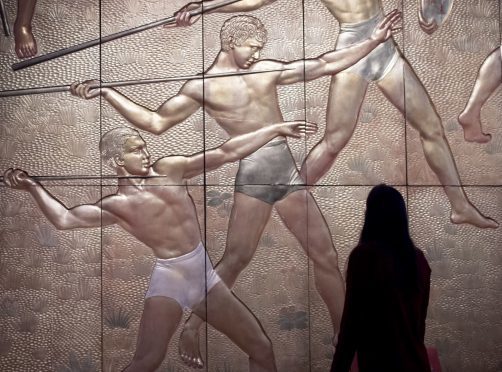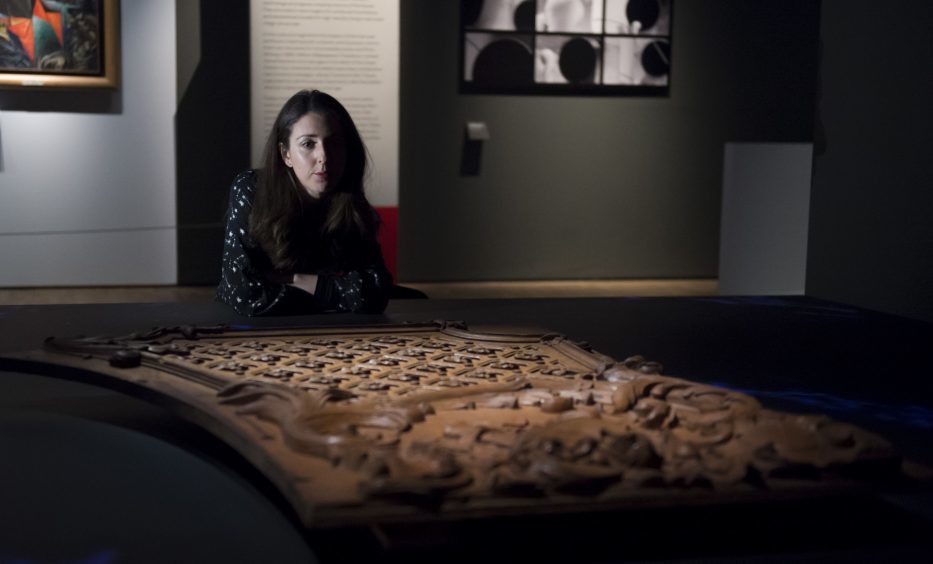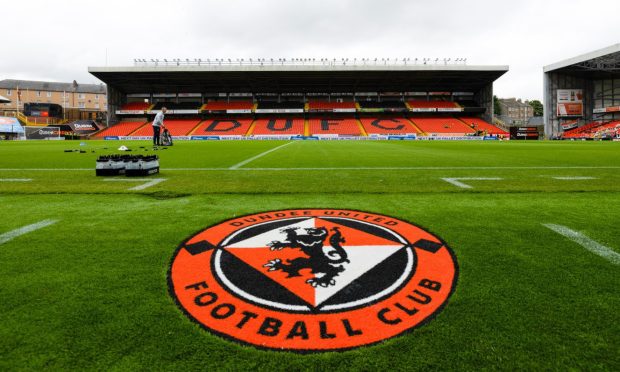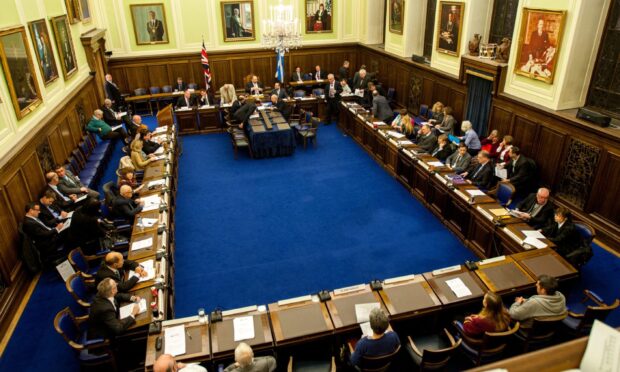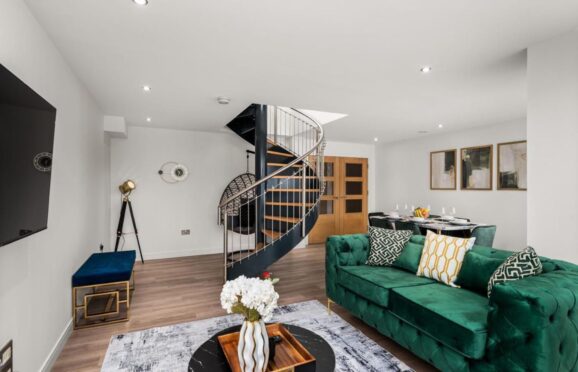The V&A at Dundee helped inspire what will be the first touring exhibition to visit the £80.1 million museum.
Ocean Liners: Speed and Style will open at the V&A in London on Saturday and will run until June 17.
The exhibition, which features everything from a deckchair from the Titanic to a Christian Dress dress worn by Marlene Dietrich onboard the Queen Elizabeth, will then transfer to Dundee and will be one of the biggest touring exhibits ever to come to Scotland.
For the duration of its stay in Dundee it will be housed in the main gallery of the V&A, the largest exhibition space in Scotland.
One of the most stunning exhibits is a massive panel from the French liner Normandie – one of four commissioned for the liner’s smoking room.
Heavily subsidised by the French government of the time, the Normandie might have been the most impressive cruise liner of her time but also nearly bankrupted the French government.
While the opulence on display might be attention grabbing, the exhibition tells a deeper story.
Although the exhibition centres on the golden age of cruising, it explores how travelling by ship went from an unpleasant – and often life threatening – necessity for thousands of immigrants to the glamorous mode of travel enjoyed by only the very rich.
It also examines how the development of faster and more glamorous vessels became statements of national pride and the revolutions in design that made such travel possible.
Exhibition curator Ghislaine Wood said the plans for Ocean Liners: Speed and Style were inspired by her work on the Scottish Design Galleries, which will be permanently housed in the V&A Dundee.
She said: “The idea first came in 2003 and has been fomenting since then but really since curating the Scottish Design Galleries it came together.
“One of the most important parts of Scottish design history is shipbuilding on the Clyde.
“We look at shipbuilding and how it was central to the national economy and at how heavy industry and hand-crafted skills were employed side-by-side.
“The ship builders were exceptionally skilled craftsmen.”
Assistant curator Merideth More said ocean liners had even inspired architects like Le Corbusier, whose vision of tower block living was partly inspired by the ships.
The exhibition also examines the role of ocean liners in popular culture, particularly the doomed Titanic.
The final display is a wooden panel fragment taken from an overdoor in the first-class lounge of the Titanic that is being shown it the UK for the first time since the ship left Southampton in 1912.
Tristram Hunt, director of the V&A, said: “Ocean Liners will continue its journey, travelling to V&A Dundee.
“Given Scotland’s rich shipbuilding history it could not be any more appropriate for Scotland’s first design museum, opening on September 15.”
V&A Dundee director Philip Long said: “It was always our ambition to bring this exhibition to Dundee.
“Many of these objects have not been seen in Europe since the ships were launched. It is a fantastic opportunity to fund out about some of the greatest design of the 20th century.
“These were the biggest moving objects ever created so were completely designed environments.”
